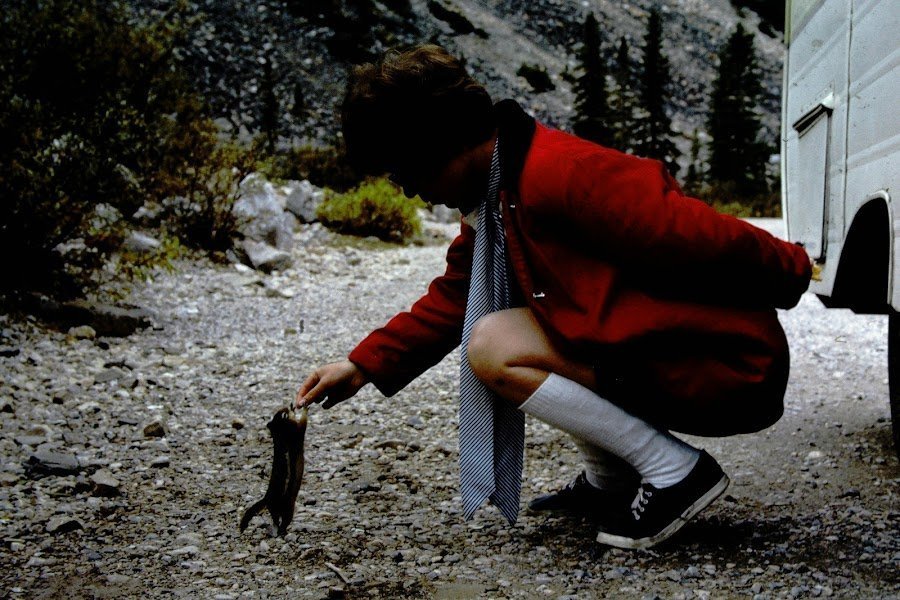Giardia in Glacier National Park is a significant concern for visitors. This microscopic parasite can contaminate water sources, causing giardiasis, a gastrointestinal illness. Understanding the risks, prevention methods, and treatment options is crucial for a safe and enjoyable visit to this stunning national park. This guide provides comprehensive information on giardia in Glacier National Park, including symptoms, prevention measures, and water safety practices.
What is Giardia and How Does it Affect Glacier National Park Visitors?

Giardia is a microscopic parasite that can cause a gastrointestinal illness called giardiasis. In Glacier National Park, this parasite can be found in untreated water sources such as streams, lakes, and rivers. Visitors who consume contaminated water are at risk of contracting giardiasis, which can lead to various uncomfortable symptoms and potentially disrupt their park experience.
Key Facts About Giardia in Glacier National Park:
- Giardia cysts can survive in cold water for extended periods
- The parasite is commonly found in backcountry water sources
- Proper water treatment is essential for preventing infection
- Symptoms may not appear for 1-3 weeks after exposure
What Are the Symptoms of Giardiasis in Glacier National Park?

Recognizing the symptoms of giardiasis is crucial for visitors to Glacier National Park. If you experience any of the following symptoms, especially after consuming untreated water, seek medical attention:
- Diarrhea (watery or greasy)
- Abdominal cramps
- Bloating and gas
- Nausea
- Fatigue
- Weight loss
- Dehydration
It’s important to note that symptoms typically appear 1-3 weeks after exposure but can range from 3-25 days. The duration of symptoms is usually 2-6 weeks, but in some cases, they may persist longer or recur.
How Can Visitors Prevent Giardia Infection in Glacier National Park?
Preventing giardia infection is essential for a safe and enjoyable visit to Glacier National Park. Here are some key prevention measures:
Water Treatment Methods:
- Boil water for at least 10 minutes at 158°F (70°C)
- Use approved water filters designed to remove giardia cysts
- Utilize chemical treatments such as iodine or chlorine dioxide tablets
Safe Drinking Sources:
- Treated water systems provided by the park
- Bottled water brought from outside the park
- Properly treated water from natural sources
Safe Outdoor Activities:
- Practice proper hand hygiene (wash for 15-20 seconds with soap and water)
- Avoid swallowing water while swimming in lakes or rivers
- Properly handle and cook all food to prevent contamination
What Are the Treatment Options for Giardiasis in Glacier National Park?
If you suspect you have contracted giardiasis while visiting Glacier National Park, it’s important to seek medical attention. Here’s what you need to know about treatment options:
Local Healthcare Facilities:
| Town | Distance from Park | Medical Facilities |
|---|---|---|
| Kalispell | 32 miles | Kalispell Regional Medical Center |
| Whitefish | 27 miles | North Valley Hospital |
| Columbia Falls | 20 miles | Urgent Care Clinics |
Emergency Contact Numbers:
- Glacier National Park Emergency: (406) 888-7800
- General Medical Emergencies: 911
Treatment Costs:
The cost of giardiasis treatment can vary depending on the severity of the infection and required treatments. On average, you can expect:
- Medication costs: $100 – $500
- Doctor visits: $100 – $300
- Potential hospital stays (if needed): $1,000 – $5,000+
It’s advisable to have travel insurance that covers medical emergencies when visiting Glacier National Park.
What Are the Water Safety Practices for Giardia Prevention in Glacier National Park?
Ensuring water safety is crucial for preventing giardia infection in Glacier National Park. Here are some important practices to follow:
Areas to Avoid:
- Untreated water from streams, lakes, and rivers
- Stagnant water sources
- Areas with high animal activity near water sources
Water Testing Protocols:
While the park periodically tests water samples for giardia cysts, visitors should not rely solely on these tests. Always treat water before consumption, regardless of its appearance or location within the park.
Recent Advisories or Incidents:
Park authorities regularly update visitors on water safety and any recent giardia-related incidents. Stay informed by:
- Checking the official Glacier National Park website
- Speaking with park rangers at visitor centers
- Reading posted notices at trailheads and campgrounds
By following these water safety practices and staying informed about current conditions, visitors can significantly reduce their risk of giardia infection while enjoying the beauty of Glacier National Park.